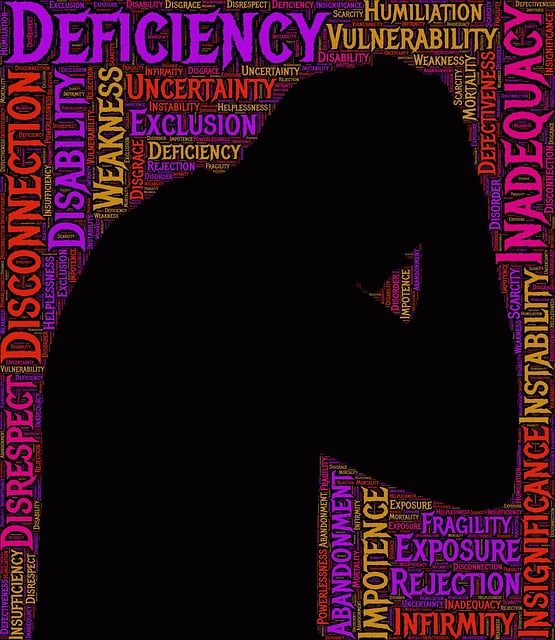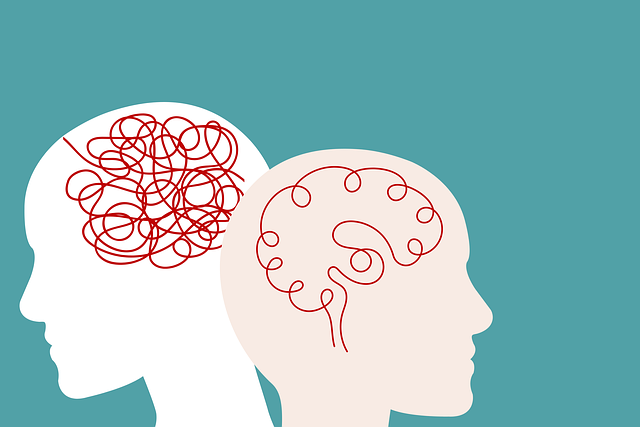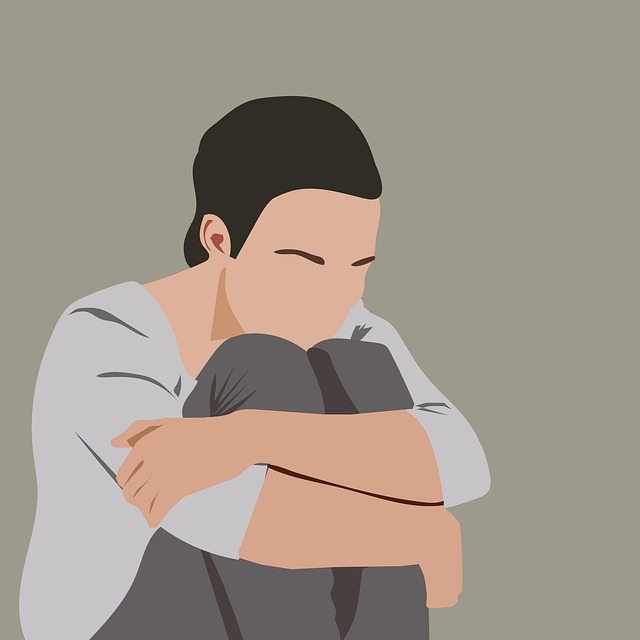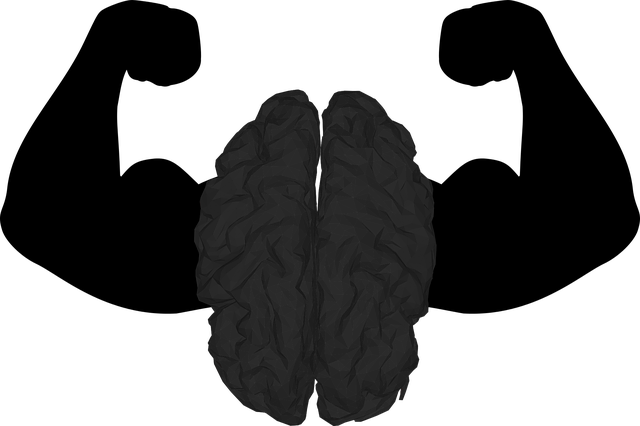Positive thinking exercises are a powerful therapeutic tool for adolescent abuse survivors, offering a path towards healing and resilience through structured mindfulness practices, group therapy, and individual coping strategies. These techniques, tailored to each survivor's unique needs, help navigate trauma, reduce stress, enhance self-esteem, and promote emotional regulation. As a vital complement to traditional therapy, this approach empowers teens with essential coping skills, fostering mental fortitude and personal growth for a brighter future free from stigma.
Positive thinking exercises offer a powerful tool for healing, especially among adolescent teens who have experienced abuse. This article delves into the transformative potential of cultivating optimism and its profound impact on emotional well-being. We explore effective strategies to implement thought-shaping practices tailored for abuse survivors, fostering resilience and providing much-needed support during their therapeutic journey. By understanding positive thinking’s role in healing, parents, caregivers, and therapists can empower teens to overcome adversity.
- Understanding Positive Thinking and Its Impact on Healing
- Strategies for Implementing Thought-Shaping Exercises
- Nurturing Resilience through Daily Practice for Abuse Survivors
Understanding Positive Thinking and Its Impact on Healing

Positive thinking is a powerful tool that can significantly influence one’s healing process, especially for adolescent teens who have survived abuse. By cultivating a positive mindset, individuals can develop resilience and cope more effectively with trauma. This therapy approach encourages survivors to reframe negative thoughts and beliefs, fostering a sense of empowerment and hope. When implemented through structured exercises, it becomes an accessible means to transform one’s perspective and improve overall well-being.
For abuse survivors, the impact of positive thinking can be profound. It aids in rebuilding self-esteem, countering the effects of past traumatic experiences, and promoting mental fortitude. Through regular practice, teens can learn to navigate their emotions, reduce stress levels, and enhance their ability to make positive choices. This proactive approach not only contributes to personal growth but also serves as a valuable skill for navigating life’s challenges, including public awareness campaigns that promote healing and well-being among this vulnerable population. Moreover, it complements traditional therapy methods, making it an integral part of the comprehensive care strategy for adolescent teens in recovery.
Strategies for Implementing Thought-Shaping Exercises

Implementing thought-shaping exercises requires a strategic approach, especially when catering to adolescent teen abuse survivors in need of therapy. These exercises should be tailored to address specific challenges faced by this vulnerable population while fostering positive thinking and resilience. One effective strategy is incorporating mindfulness practices, such as meditation and breathing techniques, which can help individuals cultivate present-moment awareness and manage stress effectively. Mindfulness has been shown to reduce symptoms of anxiety and depression, enhancing overall well-being.
Additionally, group therapy sessions facilitated by trained mental health professionals can create a safe space for teens to share their experiences, build camaraderie, and learn from one another. Activities like journal writing and cognitive reframing exercises encourage adolescents to challenge negative thought patterns and replace them with more adaptive perspectives. Regular stress management workshops within schools or community centers, coupled with individual therapy sessions, can empower survivors to develop coping strategies tailored to their unique needs. Such interventions not only promote positive thinking but also aid in trauma recovery and resilience-building.
Nurturing Resilience through Daily Practice for Abuse Survivors

For adolescent teens who have survived abuse, cultivating resilience through daily positive thinking exercises can be transformative. This therapeutic practice empowers them to develop coping skills essential for managing trauma’s lasting effects. By engaging in regular routines that promote mental well-being, survivors can gradually rebuild their sense of safety and self-worth, which is crucial for healing from the profound emotional scars left by abuse.
Implementing positive thinking exercises in therapy for adolescent teens abuse survivors offers a powerful tool to combat mental illness stigma reduction efforts. Through consistent practice, these young individuals learn to regulate their moods more effectively, fostering a sense of agency and resilience that can be life-changing. This coping skills development not only enhances their ability to navigate challenging situations but also empowers them to pursue a brighter, more hopeful future.
Positive thinking exercises have proven to be transformative tools, especially for adolescents experiencing trauma and abuse. By implementing thought-shaping strategies, therapy for teen abuse survivors can enhance their resilience and overall well-being. These exercises empower individuals to navigate their thoughts, fostering a more positive mindset. Through daily practice, abuse survivors can heal and build strength, ultimately reshaping their lives for the better. This approach offers a promising avenue for those seeking to overcome challenges and embrace a brighter future.













